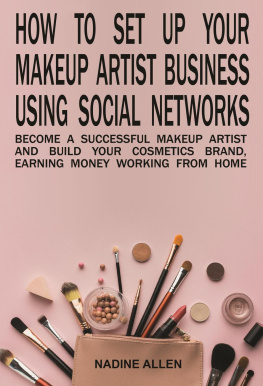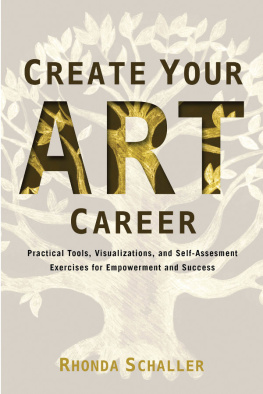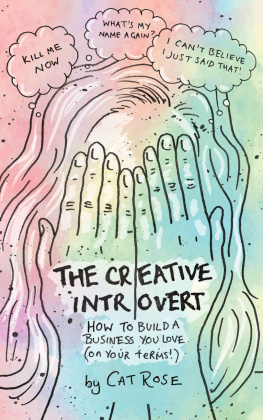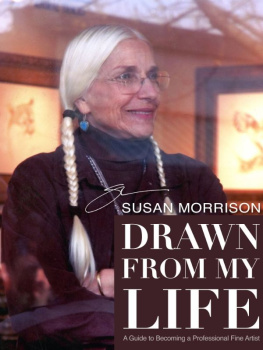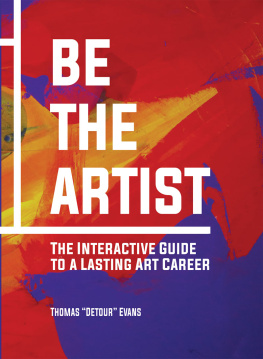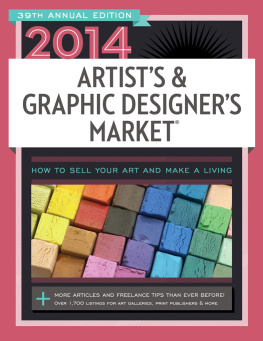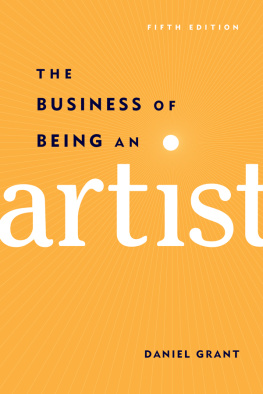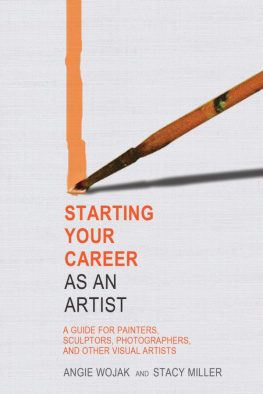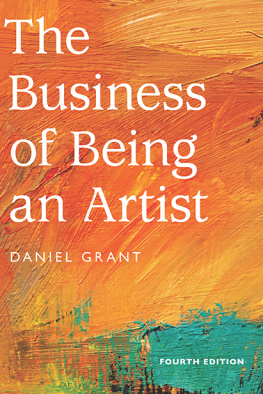Pricing (or, the 99 Cent E-Book)
Ninety-nine cent e-books! Who would have thought we'd ever see the day! And yet, if you check your online retailer, there they are! This price is very intriguing tothe Jaguars...
...well, to two of the Jaguars.

That's right. Business Manager and Marketer are perfectly fine with thisnotion, but Artist is not. And the heart of this disagreement is pricing, atopic so large that when the three jaguars began discussing it, it balloonedinto an enormous discussion with lots of pictures!
We have a lot to cover! So let's begin... with philosophy!
The Disgruntled Artist
It should come as no surprise that in a society that so tightly (andcapriciously) links money with worth, Artist might be distressed that her workmight end up costing the same amount as a gumball from a candy machine. Andyet, if Artist were to attempt to get some picture of what something is worthby its price, look at the mixed signals she would get:

What can you take away from the realization that a piece of cake in arestaurant can cost more than a pack of light bulbs? Or that a piece ofunderwear can cost the same amount as a cup of coffee? Nothing about theabsolute worth of underwear or coffee. Pricing makes even less sense whenapplied to art. Who could ever figure out what it's worth to them, a song thatthey've loved for years, a book that changed their lives? One dollar? Amillion? Art is irreplaceable in the hearts of those it touches. But theproducts you make based on your art, those have a definitive monetary valuewithin the market ecosystem, and your job as a businessperson is to find thatprice point.
Pricing and money apply to products, and it is only as products that wecan assign prices and judge their suitability.

This is why coffee can cost more than underwear, and cake more than lightbulbs: because they are productized differently. Light bulbs and underwear arefar more useful, more necessary, than cake and coffee, but what you pay for isthe presentation, packaging and marketing experience on the latter two items,not their intrinsic worth.
Let us put paid to the myth then: artistic merit and money are not equivalent.When you approach the question of pricing, you must set aside passion (theArtist's driving attribute) and turn instead to issues of setting buyerexpectations, deciding which markets to compete in and gating customer demand.Pricing is the realm of Marketer and Business Manager, so send Artist back to hereasel.

So then,let's begin with the example above: the 99-cent e-book. This may seem a grossdevaluation of work to Artist, who appears here as understandably skeptical.Here are her thoughts:
Books are not songs, and should not be priced likethem. Art forms are not interchangeable!
How will people know that it's worthwhile if it's only 99 cents?
If enough authors price their work at 99 cents, people will stop paying for$10 books, and then how will authors make a living?
Other people's books are priced at $10 or even $15, so why should Artist's beany less? It will make her look cheap!
She's spent months of her life on the story. Shouldn't she be compensated?
Books Are Not Songs! Or, Competition
Let's begin with Artist's first objection: that just because other forms of artare priced a certain way, that every form of art should be. There is apoorly-grasped marketing truth here, which we will clarify now:
Different forms of art are priced differently because they are productizeddifferently.
A song and a story are both priceless things that float apart from monetaryvalue. But a download of an MP3 and a DRM-free e-book are both productsand have a market value which may (or may not!) be distinct from one another.
So to get our hands around the concept of a song costing the same thing as abook, we have to separate the art itself from the product. No, music, dance,art, writing... on a superficial level, these are not the same things. But ifthey are productized, distributed and marketed in similar ways, then we runinto the great leveler:
Competition.
...because a book may not be like a song. And a song might not be like a photoonline. And it may not be like a game or an app. But all these things are thesame to your buyer: they are all luxury items consumed as entertainment.And that means they're all competing against one another for the person's timeand money. Say your fan has $10 to spend a month on entertainment. He can usethat money on books, movies, music, games, World of Warcraft subscriptions,tickets to sporting events... whatever floats his boat. Your job as abusiness-person is to make it easier for him to choose your stuff instead ofsomeone else's.

Step back a moment and truly consider this: The work of your life and hands andspirit, once it hits the marketplace, is sold just like any other commodity.And while we don't want to think of ourselves as interchangeable with otherartistsand our fans might assure us that we aren'tour products are not theonly products our fans are interested in. Inevitably, they (not being possessedof infinite wealth or time) will have to choose. And while there are customerswho cleave only to one form of art, forsaking all othersa person who onlylikes to read and is bored by music, dance, visual art, games, etcthese peopleare rare and one should not rely on them for one's livelihood.
In Conclusion
All Artist's beliefs about the singularity of whatever art form she practicesaside, her work, once it reaches the market, must be able to compete in priceand value with art, games and entertainment of every other kind. It doesn'tmatter if an app isn't like a song, and a song isn't like a piece of art. It's adiscretionary purchase, and your customer has to perceive that it's not just agood value for his money, but a better one than something else. If ten songscan be bought for the price of one of your books, then your book has a lot morework to do to convince someone to buy it instead of ten songs. Or five songsand an app. Or one poem, three songs and two cows in a farming game.
Does it outrage the poor Artist? Indubitably. But it remains an economicreality.
How Will People Know It's Good if It's Only 99cents? Or, Identifying Real Worth
Artist's next objection is a good one: price does drive perception of worth.But what she misses is that it doesn't drive the perception of the worth of theart, but rather the worth of the product. $15 for a life-changingbook is as nonsensical as 15 cents. But $15 for a physical object makes sensebecause it possesses qualities the market perceives as more valuable.
Art, as we have discussed before, cannot be sold. It must be productized. Ifyour goal is to make a living, you should be brainstorming and releasingproducts that have as many market-valuable characteristics as you can manage.Different audiences will have different ideas of what's valuable, but among theset of people who buy art, here are some common characteristics:


